Uruguay
Food Safety Tips
Essential food safety information to help you enjoy Uruguay's cuisine safely and confidently.
Drink Safe Water
Tap water is generally not safe to drink in Uruguay outside of Montevideo. Stick to bottled water, ensuring the seal is unbroken, or use a water purifier. Avoid ice cubes unless they're made with purified water.
Street Food Caution
Street food can be a delicious way to experience Uruguayan cuisine. Choose vendors that appear busy and maintain good hygiene practices, like using separate utensils for raw and cooked foods. Opt for hot, freshly cooked items over those that have been sitting out.
Restaurant Hygiene
Look for restaurants that appear clean and well-maintained. Check for basic hygiene practices, such as clean tables and restrooms. Be wary of restaurants with noticeably slow turnover, as food may have been sitting out for a while.
Produce Handling
Wash all fruits and vegetables thoroughly with purified water before eating, especially if purchased from local markets. Peel fruits yourself to avoid contamination from unwashed hands or surfaces.
Meat and Seafood Safety
Uruguay is known for its asado (barbecue). Ensure meat and seafood are cooked thoroughly to an internal temperature that kills harmful bacteria. Avoid raw or undercooked seafood, especially shellfish.
Dairy Product Caution
Pasteurized dairy products are generally safe to consume in Uruguay. However, be cautious with unpasteurized dairy, especially from smaller producers or rural areas, due to a potential risk of foodborne illnesses. Opt for pasteurized alternatives when possible.
Dietary Options
Vegetarian
MEDIUM AVAILABILITYWhile not as widespread as meat-heavy dishes, vegetarian options are increasingly available, especially in larger cities. Look for pasta dishes without meat, vegetable-filled empanadas, and tartas, or enjoy the abundance of fresh produce available in markets.
Vegan
LOW AVAILABILITYVeganism is less common in Uruguay, making finding strictly vegan options more challenging. While fresh fruits and vegetables are readily available, ensuring no animal products are used in preparation can be difficult outside dedicated vegan establishments, which are primarily in Montevideo.
Gluten-Free
LOW AVAILABILITYGluten-free awareness is still developing in Uruguay. While naturally gluten-free foods like grilled meats and some salads are available, dedicated gluten-free options are limited and cross-contamination is a risk. Carefully communicate dietary needs and inquire about ingredients.
Halal
LOW AVAILABILITYFinding Halal-certified restaurants is difficult in Uruguay. While lamb and beef are common, confirming Halal slaughter methods is challenging. Sticking to vegetarian options or cooking your own meals might be necessary.
Kosher
LOW AVAILABILITYKosher food is very limited outside of Montevideo, where a small Jewish community maintains some kosher establishments. Travelers outside the capital will likely need to rely on self-catering or choosing naturally kosher foods like fruits and vegetables.
Pescatarian
MEDIUM AVAILABILITYUruguay's coastal location provides ample seafood options. Grilled fish, seafood stews, and paella are relatively easy to find, providing good choices for pescatarians. Be sure to clarify any potential use of non-seafood broths or sauces.
Dairy-Free
MEDIUM AVAILABILITYWhile dairy is prominent in Uruguayan cuisine, finding dairy-free alternatives is becoming easier, especially in Montevideo. Soy milk and other plant-based milks are increasingly available in supermarkets. Communicating dairy allergies or intolerances is crucial when dining out.
Common Allergens
Wheat
HIGH PREVALENCEWheat is a staple in Uruguayan cuisine, forming the base of many traditional dishes. From the ubiquitous pasta dishes influenced by Italian immigration to the popular 'torta frita' (fried dough), wheat flour is a key ingredient in everyday meals and special occasions.
COMMONLY FOUND IN:
Milk
HIGH PREVALENCEDairy products, particularly cow's milk, feature prominently in Uruguayan cuisine. Dulce de leche, a caramelized milk confection, is a national favorite and used in countless desserts and pastries. Cheese is also widely consumed, often accompanying asado and featured in sandwiches.
COMMONLY FOUND IN:
Eggs
MEDIUM PREVALENCEEggs are commonly used in both sweet and savory dishes in Uruguay. They are essential for traditional pastries like 'bizcochos' and are frequently found in pasta fillings and some 'milanesas' preparations.
COMMONLY FOUND IN:
Soy
MEDIUM PREVALENCESoybeans and soy-based products are becoming increasingly popular in Uruguay, both for human consumption and animal feed. Soy flour is sometimes used in baked goods, and soy milk is a growing alternative to cow's milk. While not as ingrained in traditional cuisine as wheat or milk, soy's presence is expanding.
COMMONLY FOUND IN:
Tree Nuts
MEDIUM PREVALENCEAlmonds, walnuts, and other tree nuts are frequently used in Uruguayan desserts and baked goods. While not a primary ingredient in savory dishes, nuts are common additions to sweet treats, adding flavor and texture.
COMMONLY FOUND IN:
Fish
MEDIUM PREVALENCEGiven Uruguay's extensive coastline, fish and seafood are relatively common in the local diet. From traditional dishes like 'corvina a la plancha' to more elaborate seafood paellas, fish is a notable allergen to consider.
COMMONLY FOUND IN:
Essential Food Experiences
These iconic dishes represent the must-have culinary experiences that define Uruguay's food culture for travelers.
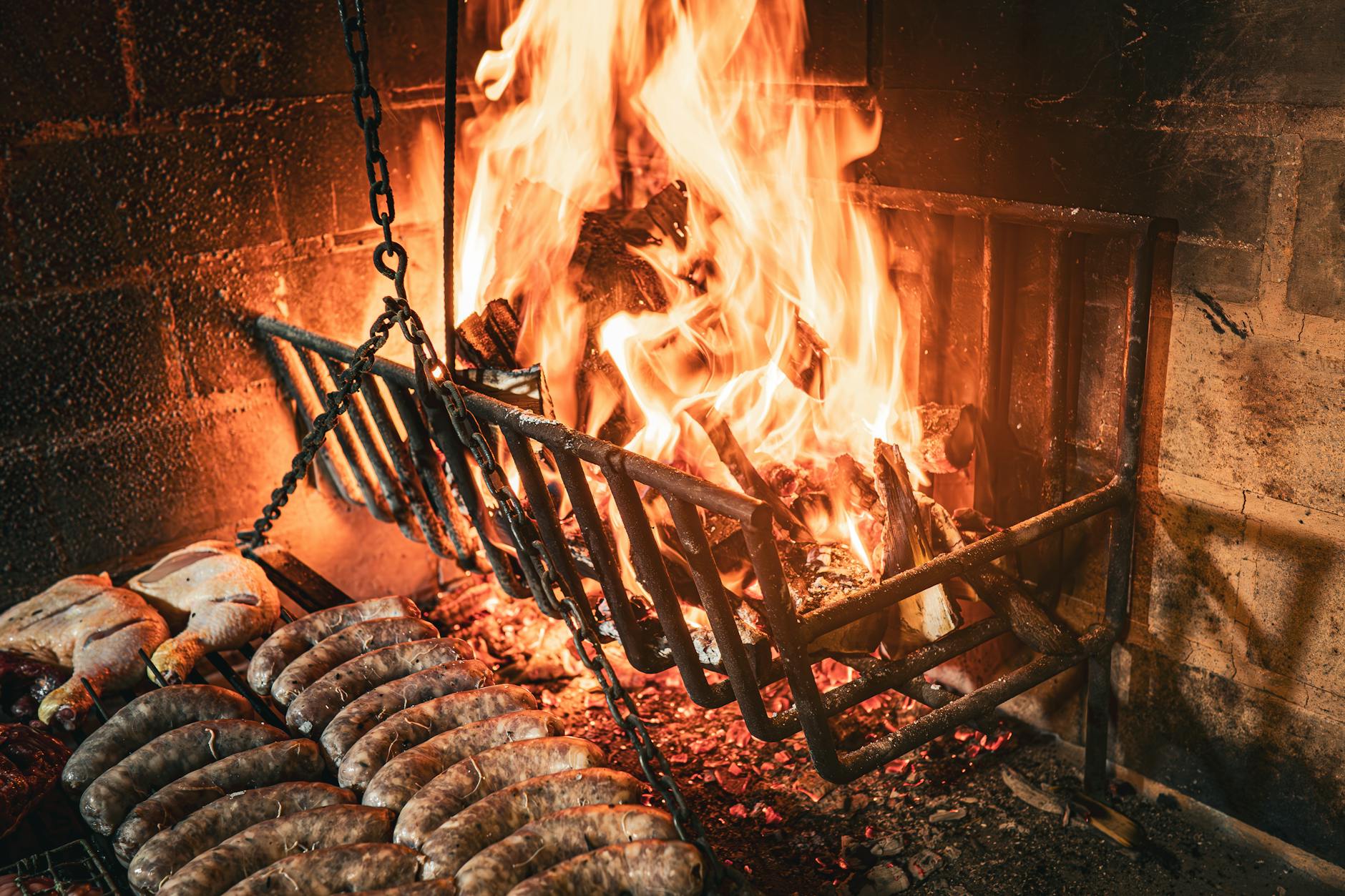
Asado (Asado)
Asado is more than just a meal; it's a social gathering and a cherished Uruguayan tradition. Various cuts of beef, along with chorizo, morcilla (blood sausage), and achuras (offal), are grilled over an open fire, often for hours. The slow cooking method results in incredibly tender and flavorful meat.
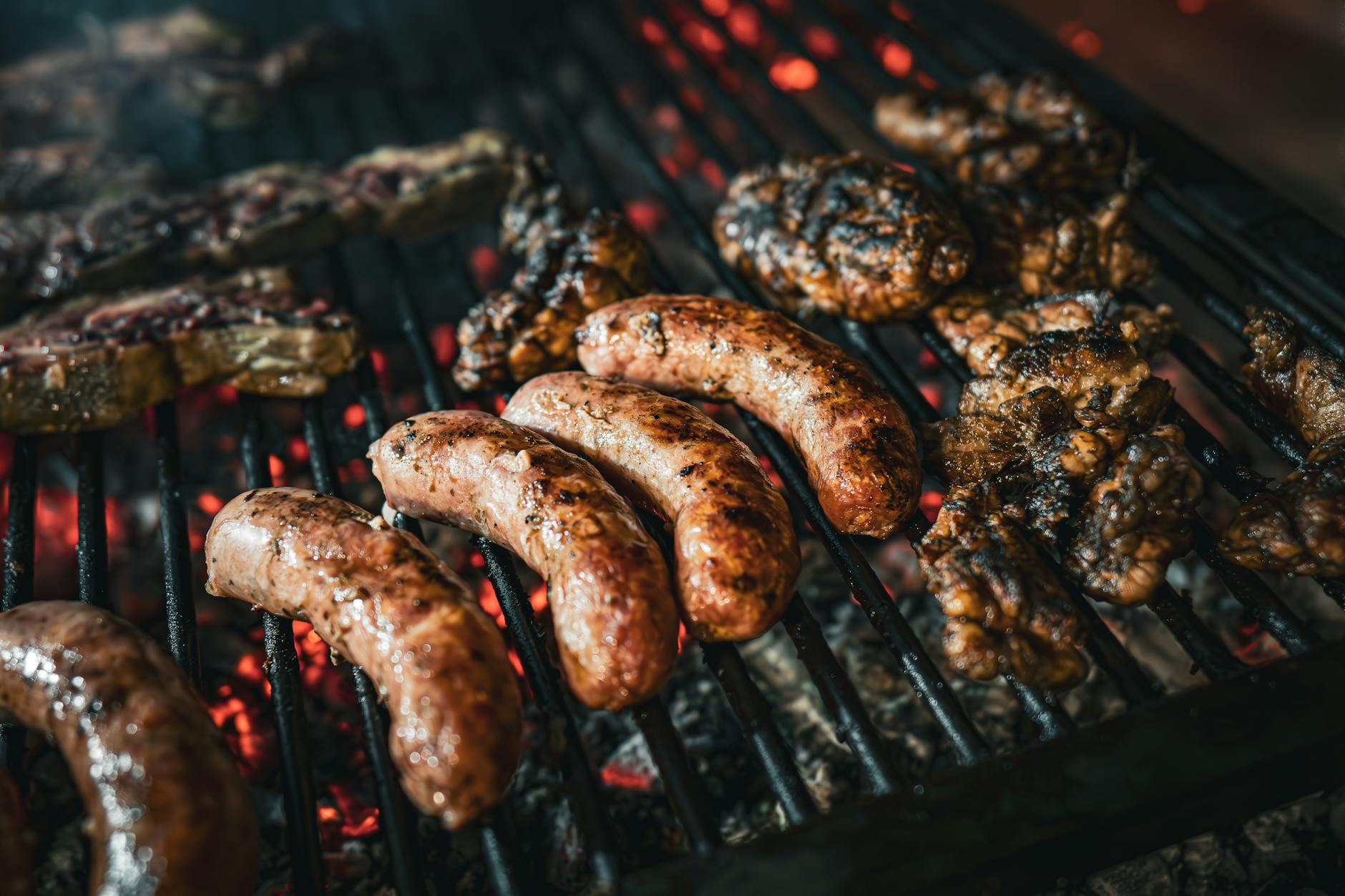
Chivito (Chivito)
Uruguay's national sandwich, the chivito, is a culinary masterpiece. Created in the 1940s in Punta del Este, it has become a symbol of Uruguayan cuisine. A thin, pan-fried steak is layered with ham, bacon, mozzarella, lettuce, tomato, and mayonnaise, often served with a fried egg and french fries.

Milanesa (Milanesa)
Milanesa is a thin, breaded cutlet, usually beef or chicken, that is fried until golden brown. It's a popular dish throughout South America, but Uruguay has its own unique take. Often served with mashed potatoes, french fries, or a simple salad.

Pastel de Carne (Pastel de Carne)
This savory meat pie is a comforting and flavorful dish, perfect for a hearty meal. The filling typically consists of ground beef, onions, peppers, olives, and hard-boiled eggs, encased in a flaky pastry crust. It is a staple of Uruguayan cuisine and often enjoyed during family gatherings and celebrations.
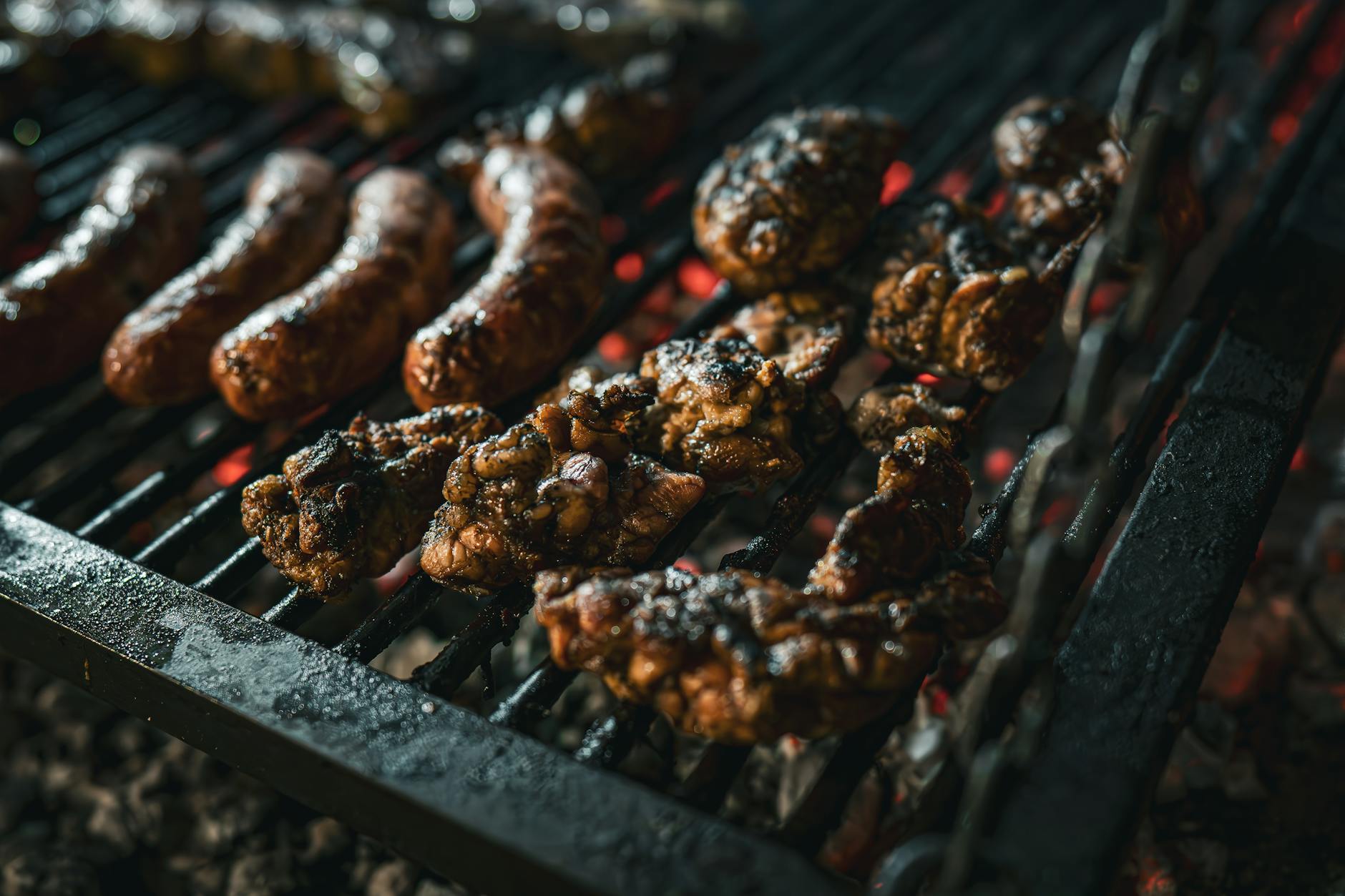
Chajá (Chajá)
Chajá is Uruguay's national dessert, originating from the city of Paysandú. This decadent dessert features layers of meringue, sponge cake, whipped cream, and peach syrup, often topped with dulce de leche and a sprinkle of powdered sugar. Its airy and delicate texture makes it a refreshing treat.
Regional Specialties & Local Favorites
Discover the authentic regional dishes and local favorites that showcase Uruguay's diverse culinary traditions.

Asado (Asado)
Asado is more than just a barbecue; it's a cherished Uruguayan tradition centered around grilling various cuts of meat. Often cooked slowly over an open fire, it represents Uruguayan hospitality and gathering.

Chivito (Chivito)
Uruguay's national sandwich, the chivito is a stacked masterpiece. Created in the 1940s, it has evolved to include a variety of ingredients, making it a truly satisfying meal.

Milanesa (Milanesa)
A thin, breaded cutlet of beef or chicken, milanesa is a popular comfort food across Latin America. In Uruguay, it's often served with french fries or mashed potatoes.
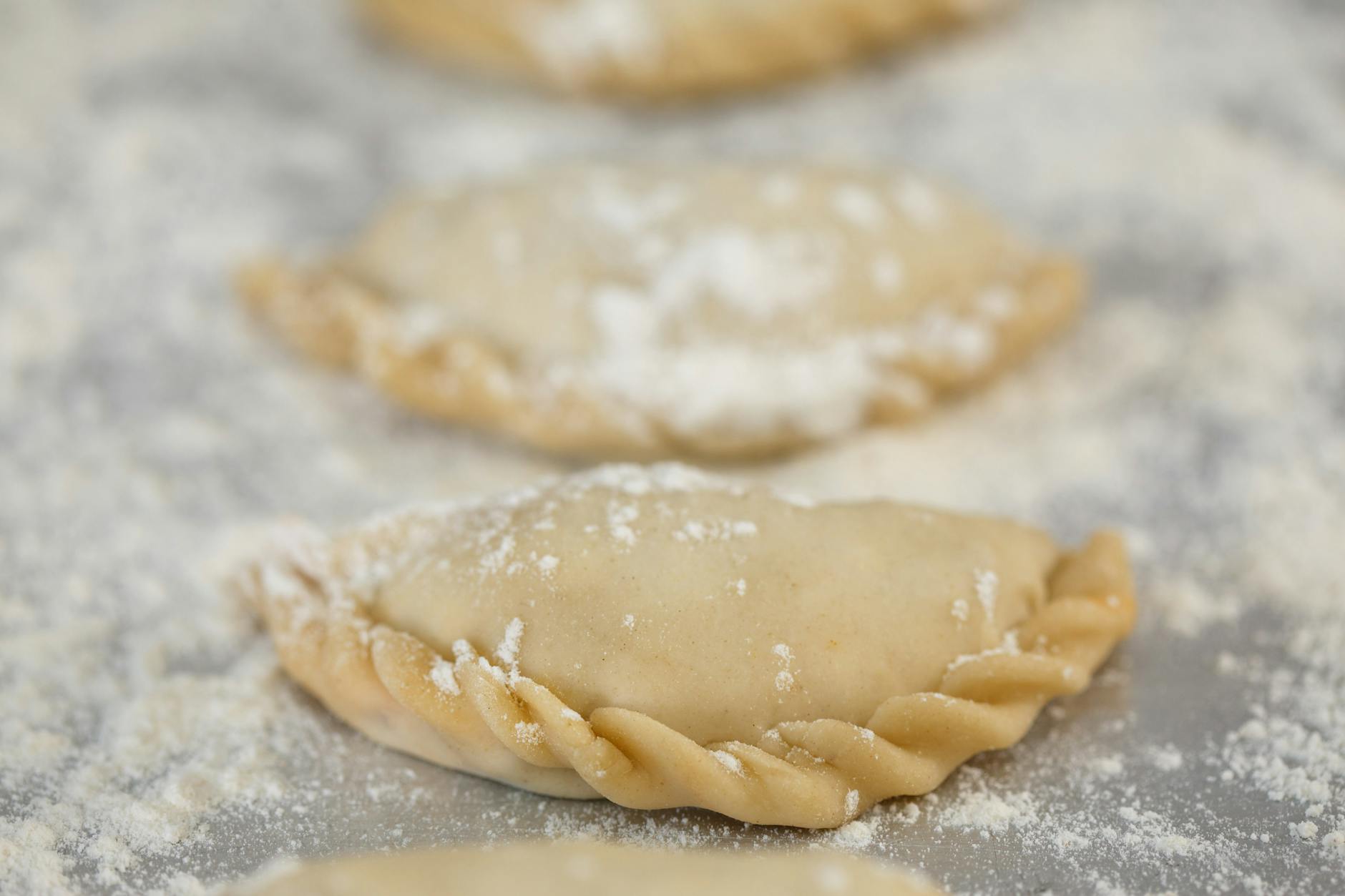
Empanadas (Empanadas)
These small, savory pastries are filled with a variety of ingredients and are a common street food and snack. Uruguayan empanadas often feature beef, ham and cheese, or chicken.

Pastel de Carne (Pastel de Carne)
A hearty meat pie, pastel de carne is a comforting and flavorful dish often enjoyed during colder months. It features a mix of ground meat, vegetables, and spices enclosed in a pastry crust.

Chajá (Chajá)
A traditional Uruguayan dessert, chajá is a layered cake featuring meringue, peaches, and whipped cream. Its name is said to be inspired by the chajá bird due to its layered appearance.
Regional Cuisine Highlights
Explore the diverse culinary landscapes across different regions of Uruguay.
Coastal Region
Uruguay's extensive coastline influences its cuisine heavily, featuring abundant seafood and dishes infused with Spanish and Italian flavors. Proximity to the ocean provides access to fresh catches, and traditional cooking methods often involve grilling or frying. The emphasis on fresh, simple ingredients allows the natural flavors to shine.
Signature Dishes:
- Grilled fish
- seafood paella
- fried calamari
- fish stew
- empanadas de pescado
Key Ingredients:
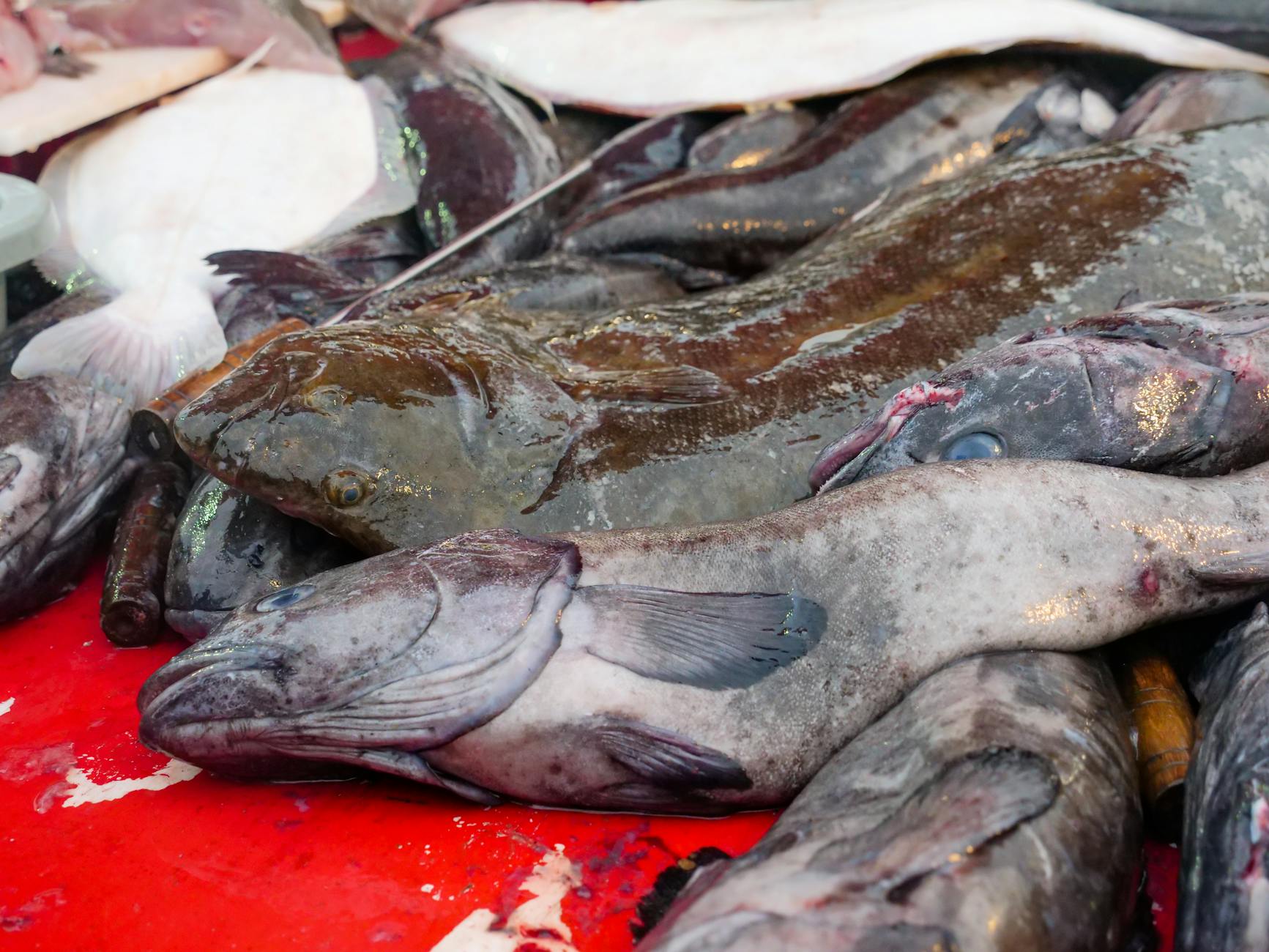
Northern Uruguay
This region, bordering Brazil, features a unique blend of Uruguayan and Brazilian culinary traditions. Dishes often incorporate tropical fruits, river fish, and hearty meats. The cuisine reflects the gaucho culture, emphasizing grilled and roasted preparations.
Signature Dishes:
- Assado con cuero
- chivito al pan
- mbeyú
- pastel de choclo
Key Ingredients:
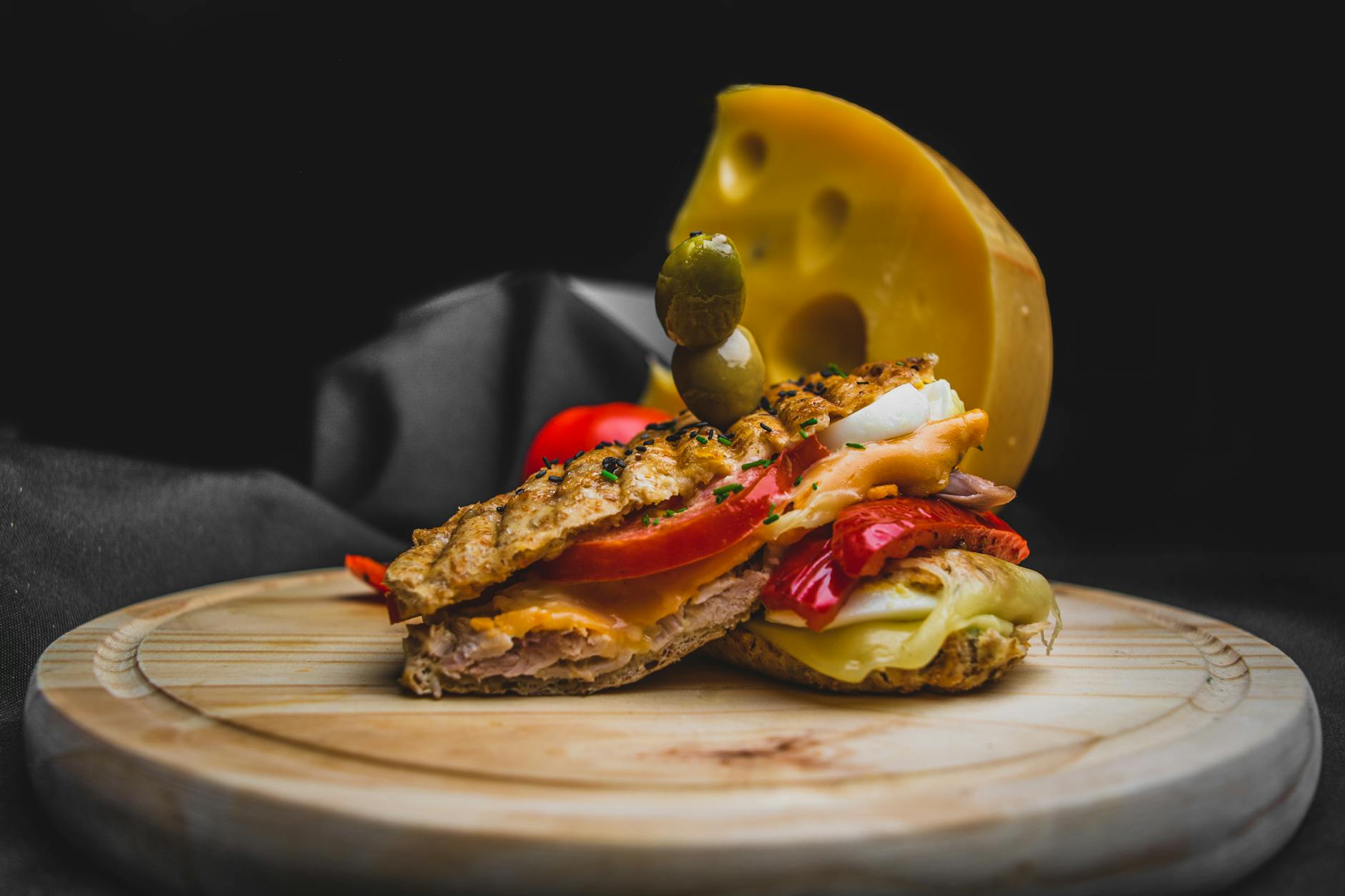
Southern Uruguay
The southern region's cuisine is influenced by European immigrants, particularly from Italy and Spain. Pasta dishes, hearty stews, and cured meats are common. Dairy products are also prominent due to the region's strong agricultural tradition.
Signature Dishes:
- Fideos con tuco
- milanesa
- ñoquis
- pascualina
Key Ingredients:

Eastern Uruguay
Bordering the Atlantic Ocean, this region features a rich culinary tradition centered around seafood and fresh produce. The dishes often reflect a simple, rustic approach, allowing the ingredients' natural flavors to stand out. Grilled meats and rice-based dishes are also common.
Signature Dishes:
- Arroz con mariscos
- buñuelos de algas
- corvina a la plancha
- empanadas de camarón
Key Ingredients:
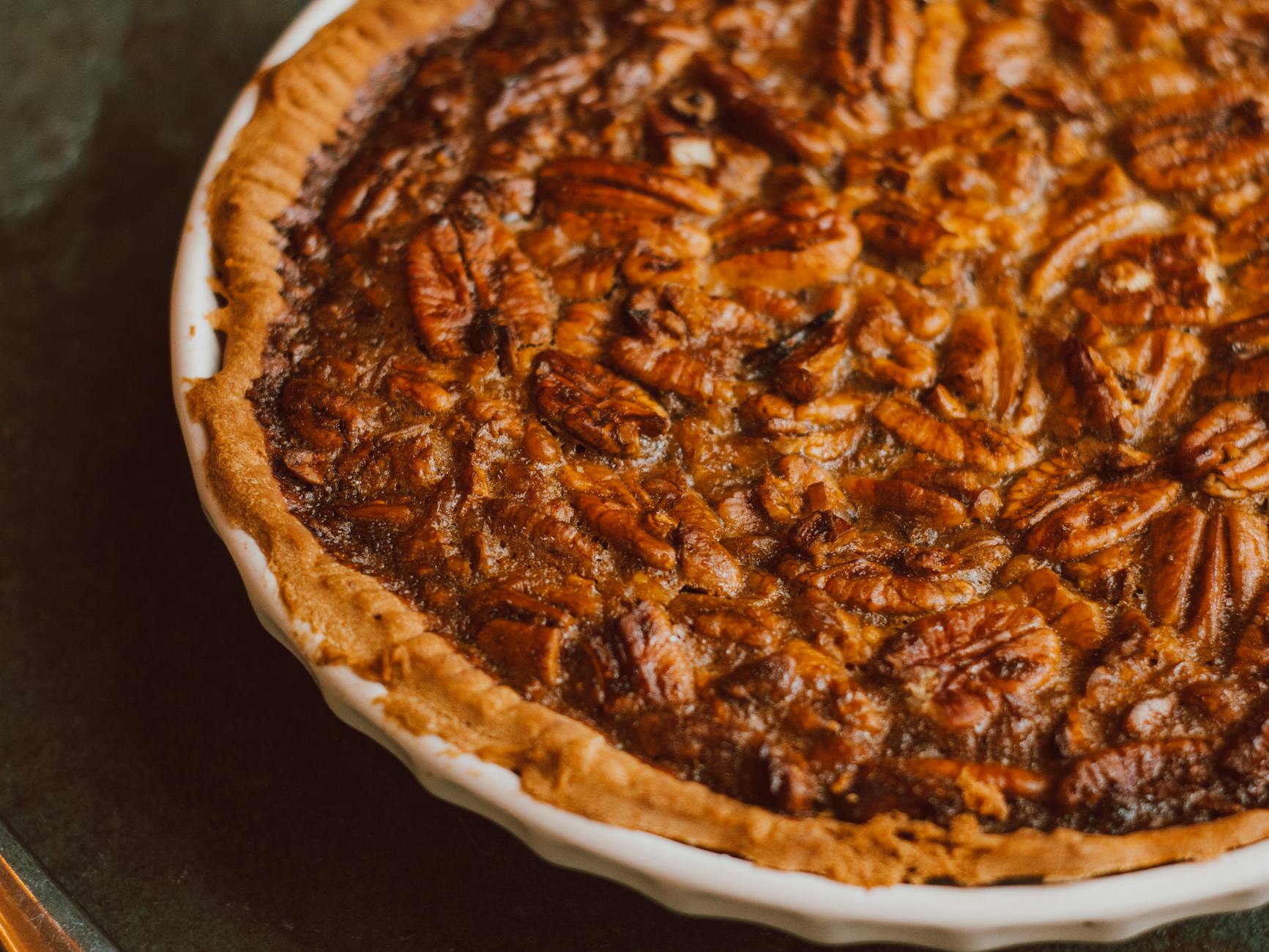
Sweet Delights & Desserts
Indulge in Uruguay's traditional sweet treats and desserts.

Flan con Dulce de Leche (Flan con Dulce de Leche)
Flan is a custard dessert popular throughout Latin America, but in Uruguay, it's almost always served with dulce de leche. This combination represents the Uruguayan love for both creamy textures and the rich caramel flavor of their national sweet.

Postre Chajá (Postre Chajá)
Named after a native Uruguayan bird (chajá), this dessert is a layered creation featuring meringue, sponge cake, peaches, and whipped cream. It's a classic Uruguayan dessert known for its light and airy texture.

Ricarditos (Ricarditos)
These small, bite-sized cookies are a popular treat in Uruguay, often enjoyed with mate or coffee. They are simple but delicious, offering a satisfying crunch.

Alfajores (Alfajores)
While alfajores are found throughout South America, Uruguay has its own variations. They typically consist of two soft cookies sandwiched together with dulce de leche and often coated in chocolate or powdered sugar.

Pastafrola (Pastafrola)
A classic tart with a sweet filling, often made with quince paste (membrillo) or sweet potato paste. Pastafrola is enjoyed across South America, and the Uruguayan version is often distinguished by its lattice top crust.
Traditional Beverages
Discover Uruguay's traditional drinks, from locally produced spirits to regional wines.

Medio y Medio (Medio y Medio)
A popular Uruguayan drink, Medio y Medio is a unique blend of dry white wine and sparkling sweet wine. It's a refreshing and festive beverage, often enjoyed during celebrations and social gatherings, particularly around the holidays. Its creation is attributed to the Bodegas Carrau winery.
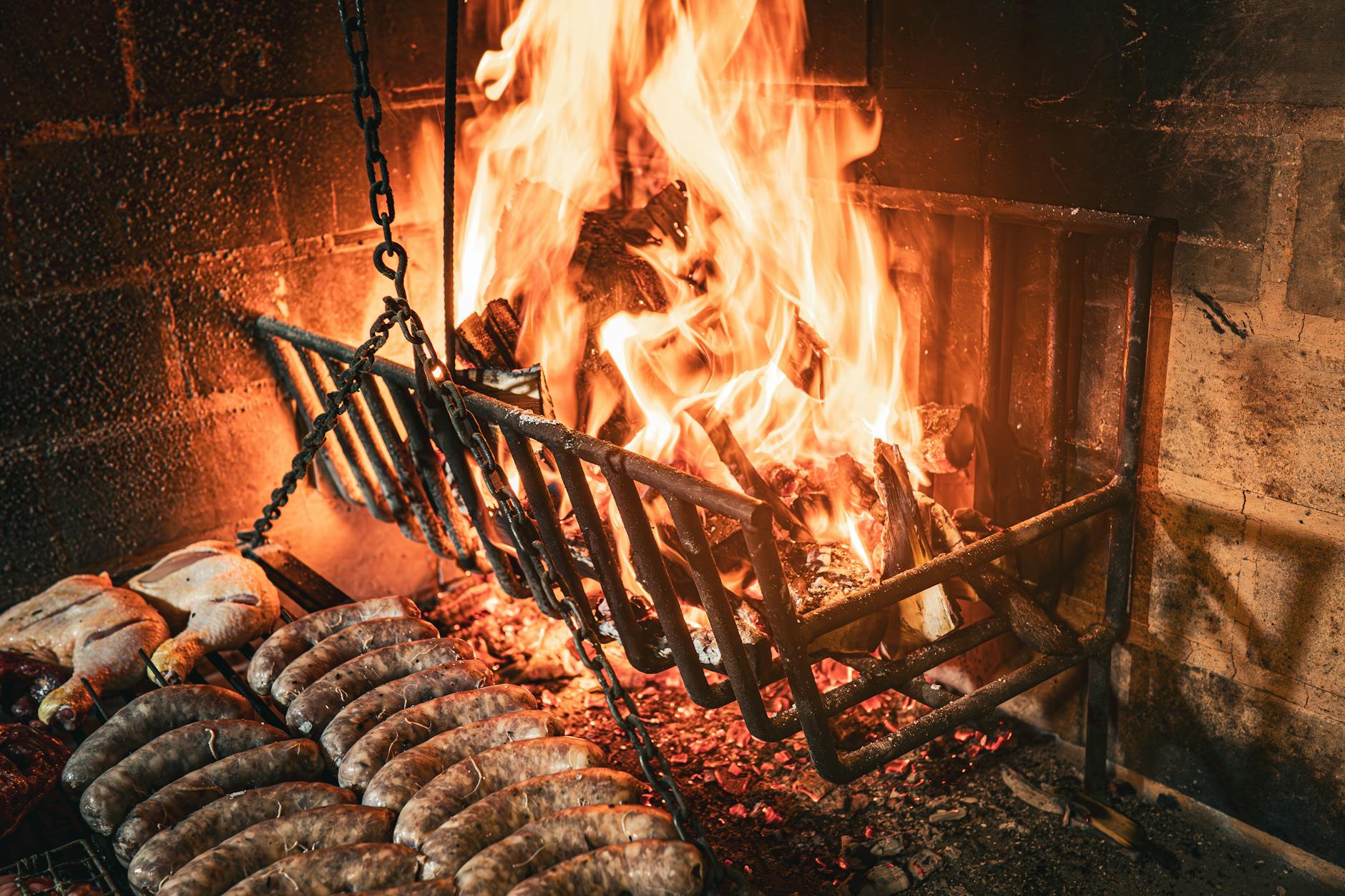
Grappamiel (Grappamiel)
Grappamiel combines grappa (a grape-based pomace brandy) with honey and often herbs or spices. This warming drink is enjoyed year-round and reflects a blend of Italian and Uruguayan traditions, originating with Italian immigrants who brought their grappa-making skills to Uruguay.

Caña (Caña)
Caña is a sugarcane spirit similar to rum, though often unaged and with a lighter flavor profile. It's a traditional and affordable alcoholic beverage, consumed across different social classes. Its production dates back to colonial times, linked to the country's history of sugarcane cultivation.
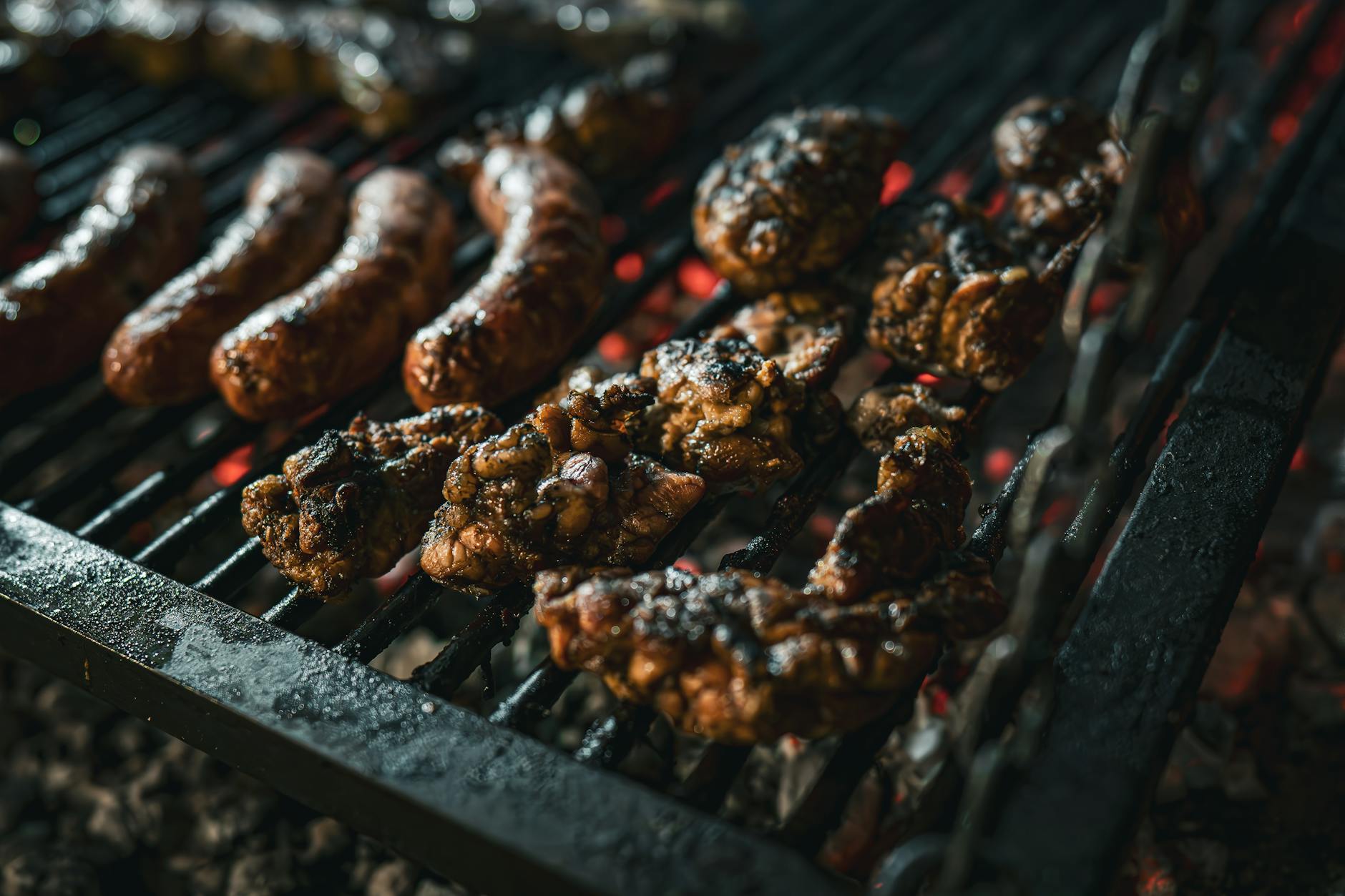
Clericó (Clericó)
A popular summer drink in Uruguay, Clericó is a fruit cocktail made with white wine, fruits, and often a sweetener. Its refreshing nature makes it a staple at barbecues and social gatherings during the warmer months. It shares similarities with sangria but has its own distinct Uruguayan character.
Soft Beverages
Discover Uruguay's traditional non-alcoholic drinks, from local teas to refreshing juices.
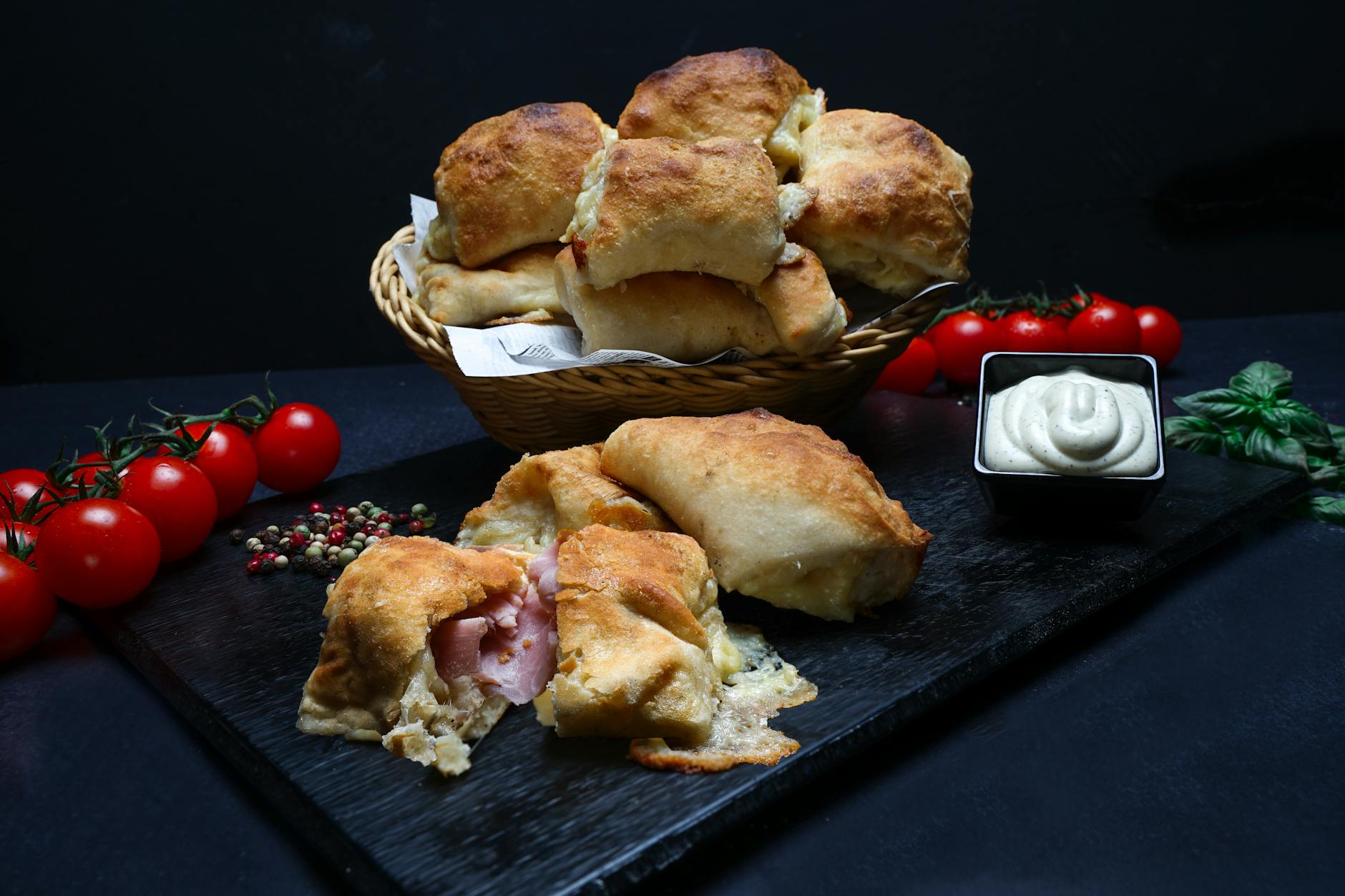
Yerba Mate (Mate)
A traditional South American infused drink, particularly popular in Uruguay, Argentina, Paraguay, and Southern Brazil. It has a strong cultural significance, symbolizing friendship and hospitality. Sharing mate is a social ritual.

Mate Cocido (Cocido)
A variation of Yerba Mate where the leaves are brewed like tea instead of steeped in a gourd. It's a comforting and common breakfast drink.

Refresco de Grappamiel (Grappamiel Refresco)
A refreshing drink made with a grape and honey spirit called grappamiel. It's often mixed with juices or other ingredients, particularly in summer.

Licuado
A blended fruit drink, similar to a smoothie. Many different fruits can be used, making it a versatile and popular choice, especially for breakfast or a snack. While alcoholic versions exist, the non-alcoholic ones are very common.
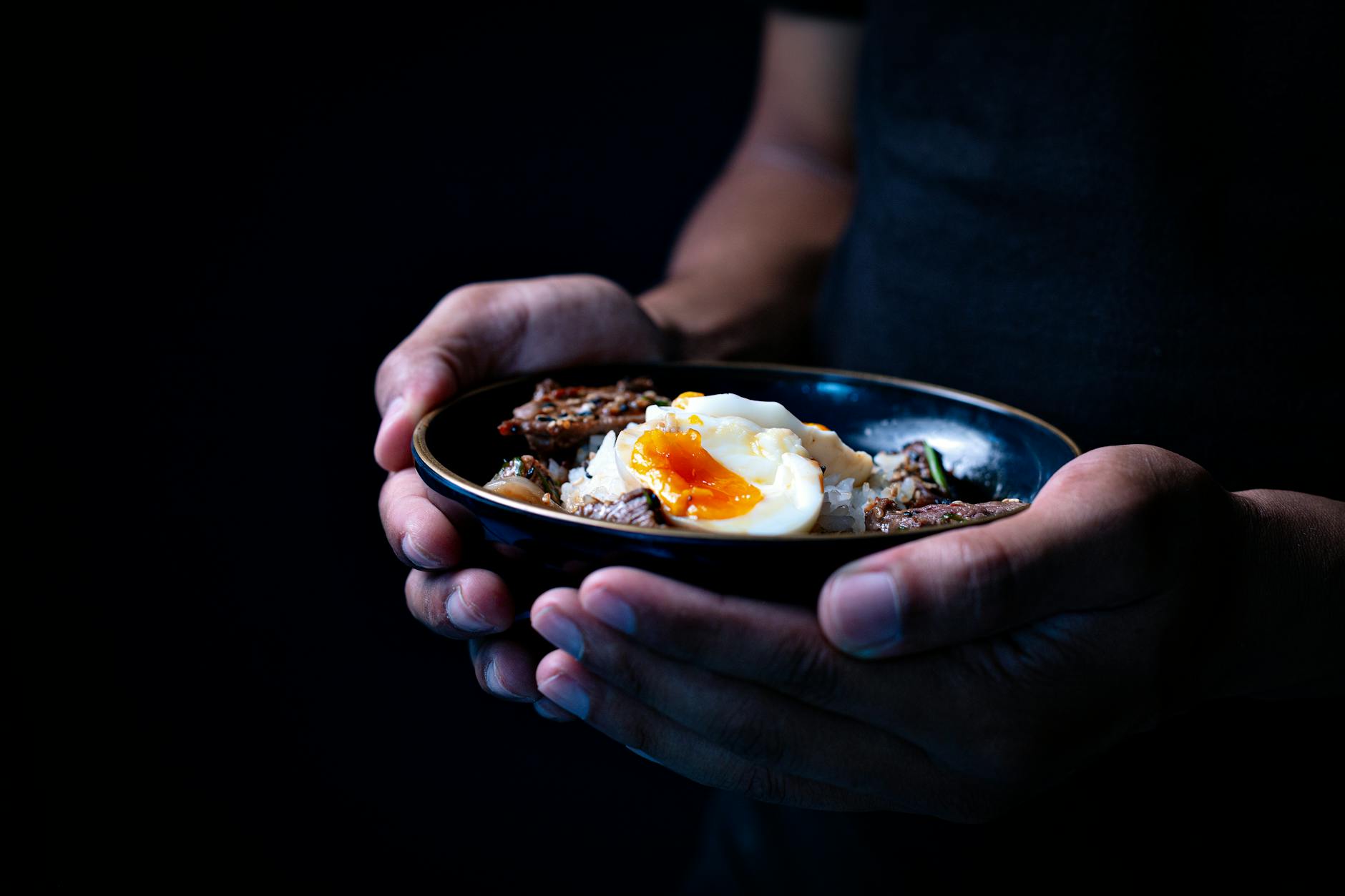
Clericó
A traditional fruit punch originating in Uruguay. Often served at parties and celebrations, particularly in summertime.